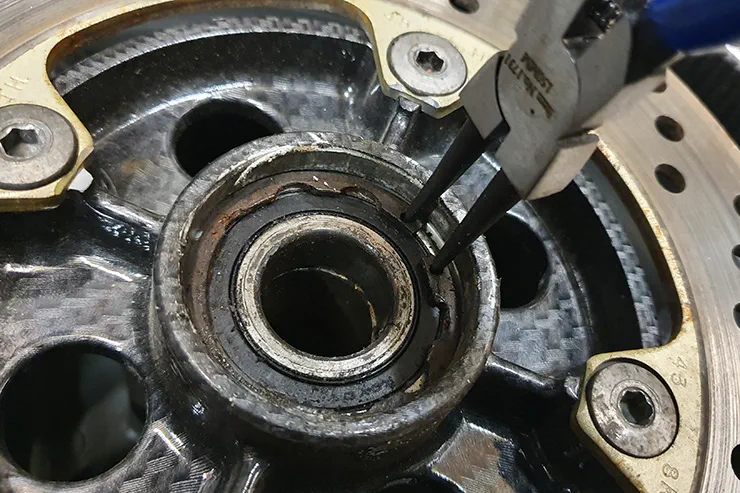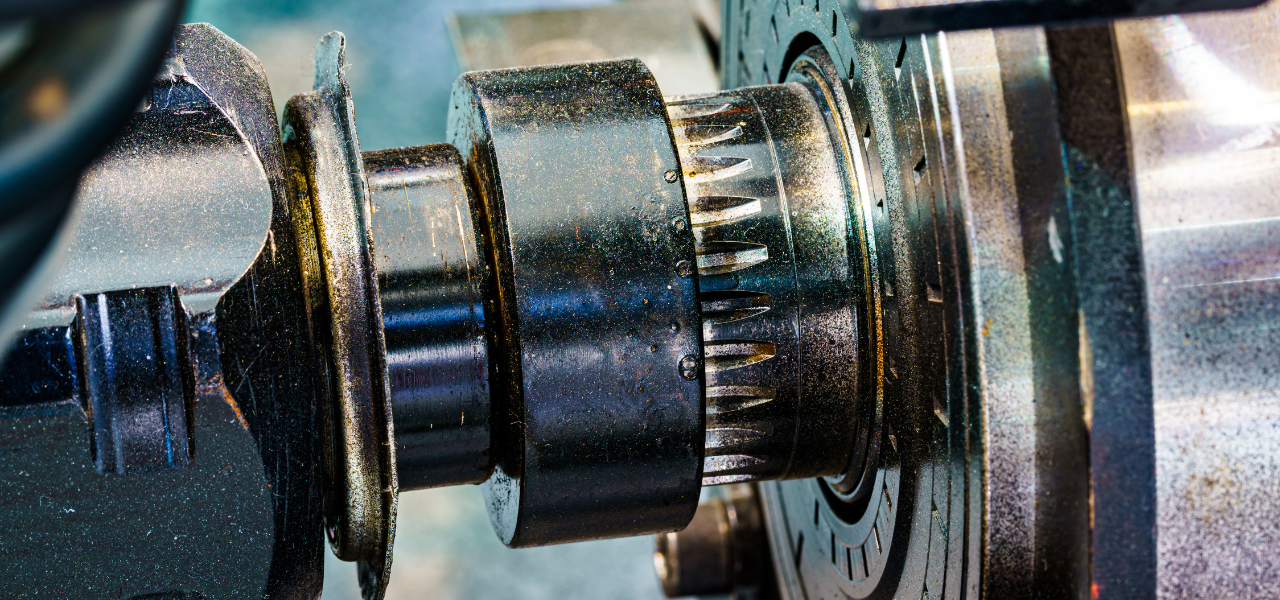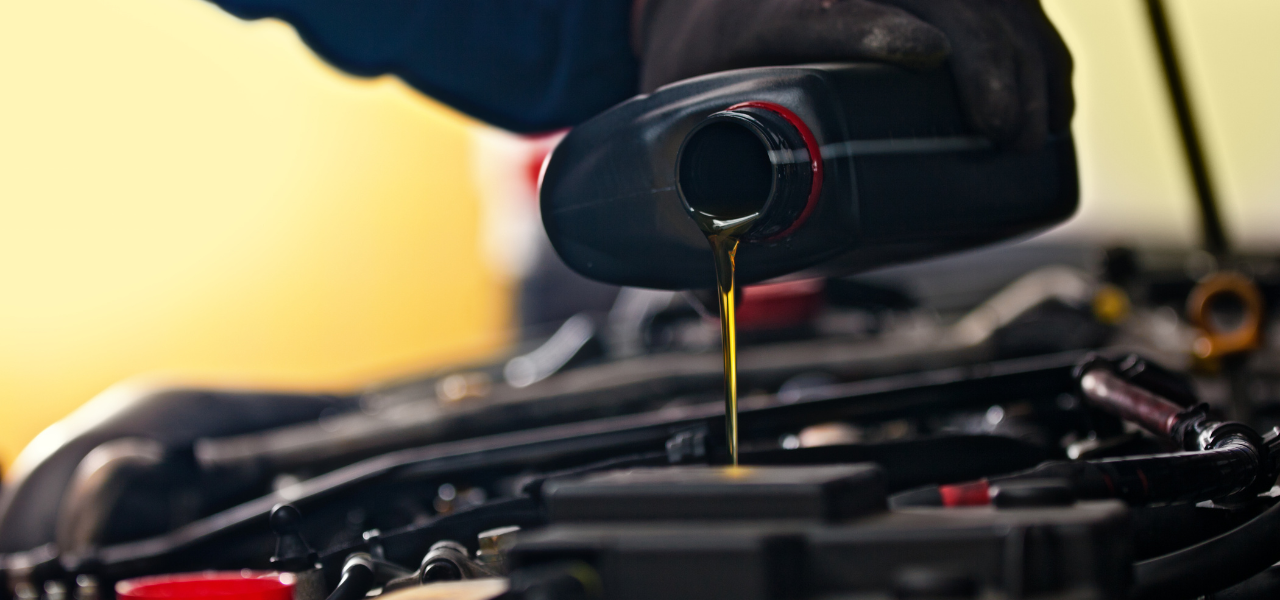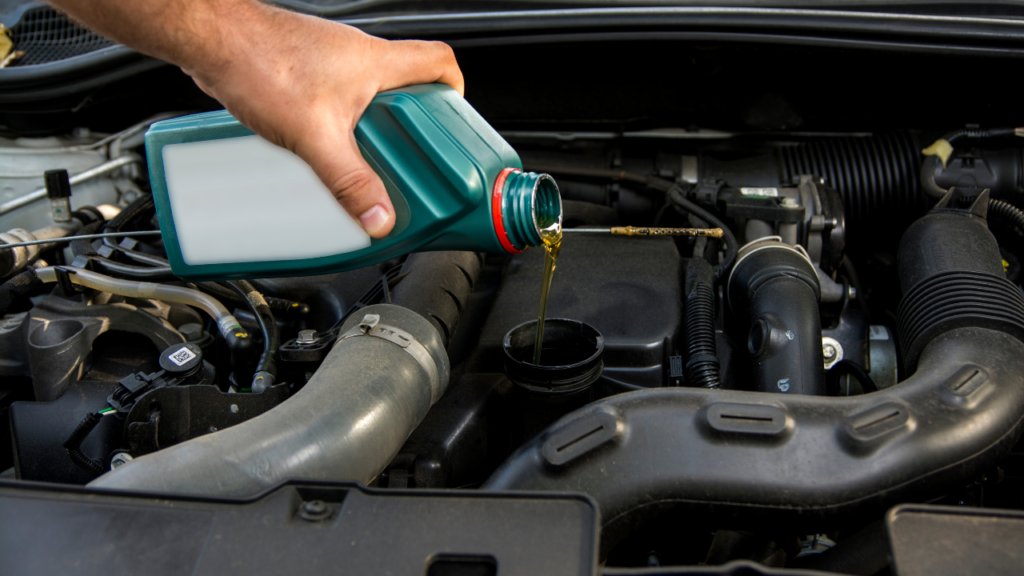How to Check and Add Grease to Trailer Wheel Bearings
A good day on the water begins with towing it to the ramp unless you keep your boat in a marina. That’s why it is essential to stay on top of your trailer maintenance. Among the trailer structures that must be on your consistent checklist are wheel bearings, more particularly, bearing grease. These wheel bearings are generally located inside the trailer axle hubs and let the wheels spin independently while traveling down the road.
The spinning force generates friction as it travels and the friction produces heat. To prevent the bearings from overheating, they require being lubricated, which is done by filling the inside of the bushings, the part that contains the bearings with grease. Keeping the bearings lubricated and coated with fresh grease can assist you in getting on and off the ramp securely and without problems.
Bearing Protectors
Lubricating the bearings is very significant on any trailer, but there is the added challenge on a boat trailer of regularly submerging the wheels and hubs in the water while launching the boat. If the trailer is submerged, the hot bearings and hubs cool instantly. This prepares a vacuum that might suck water through the seals of the bearing.
To avoid this problem, lots of boat trailers are equipped with bearing protectors. Particularly, a cylinder that is installed on the outside of the hub, and a bearing protector have an inside spring that maintains continuous pressure on the grease in the hub. The pressure aids prevent water from passing past the seal.
One more great advantage of bearing protectors is that maintenance is negligible. Grease typically doesn’t need to be cleaned and repacked for more than a few years, although you will want to check the instructions of the manufacturer to ensure you’re repacking it frequently. However, it is necessary to check the fat level and top it up if necessary.
How to Test and Top off Grease
- Eliminate the protective cap from the bearing.
- Test the level of the grease by pressing the edge of the spring-loaded piston. The hub has enough grease whether you can rock or move the piston. Don’t add more. you will need to add more grease if the piston does not move.
- Mount a grease gun with a hand pump to the grease fitting in the center of the piston. Pump grease until you watch the piston begin to move outward and then stay adding grease until the piston rocks about 1/8 inch once you press the rim.
- Although not necessary, you can jack up the trailer so that you can rotate the tire independently and assist in distributing the grease before towing.
- Wipe off excess grease before changing the cap on the bearing protector.
Take Care of Your Wheel Bearings
Proper maintenance of cargo trailer accessories is essential for a smooth and safe towing experience. Ensuring wheel bearings are well-lubricated with fresh grease prevents overheating and reduces friction. Bearing protectors are particularly useful for boat trailers, as they help keep water out and minimize maintenance. Regularly checking and topping off grease levels is crucial to maintain optimal performance. Whether using oil bath buckets or sealed grease hubs, always follow the manufacturer’s maintenance guidelines. By prioritizing the care of your cargo trailer accessories, you ensure safe and trouble-free trips season after season.…
Continue Reading







